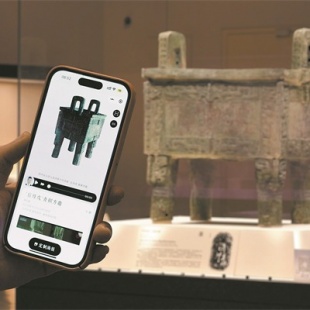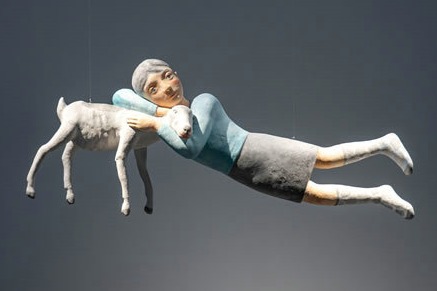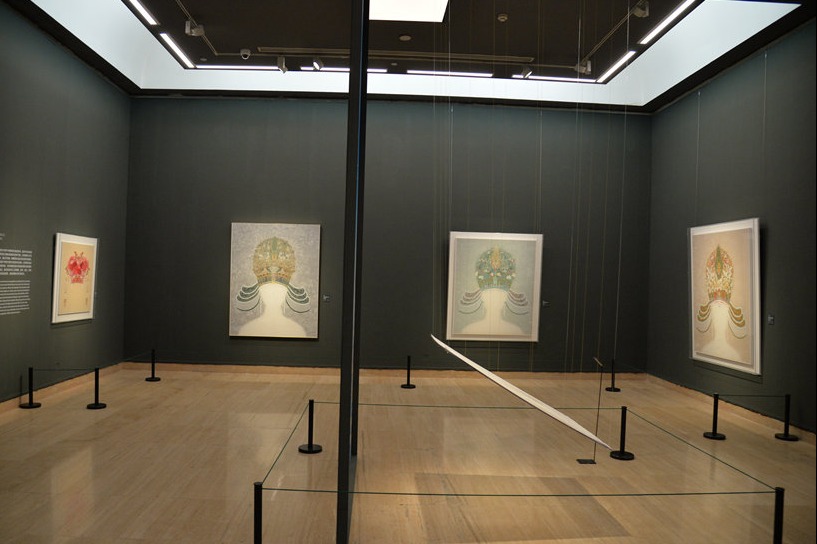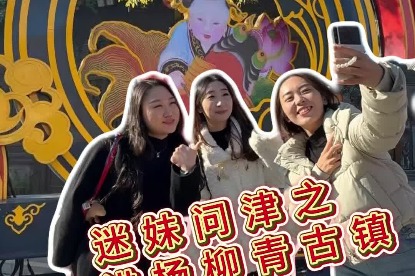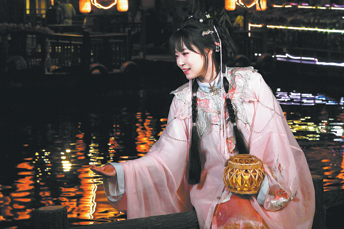Ancient treasures spark new pursuit of beauty
From an empress' coronet to an exquisite necklace, history inspires modern appreciation of Chinese artistry, Lin Qi reports.

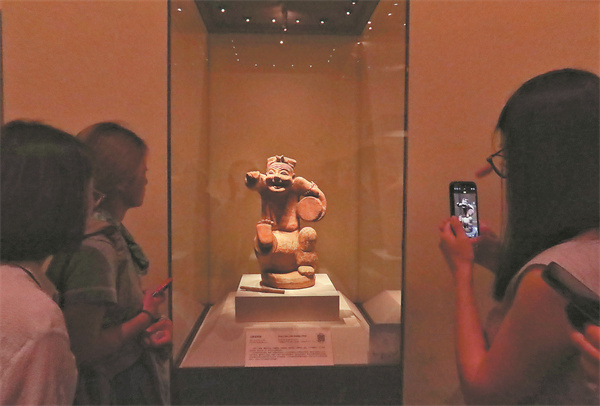
"These objects reflect people's pursuit of beauty. They have been treasured and passed down through the centuries because they are outstanding examples of artistic excellence," says Zhu Xiaoyun, curator and director of international relations at the museum.
She says the tour takes people through different exhibition halls, introducing artifacts that showcase a range of craftsmanship and art forms, helping them understand the evolution of Chinese cultural and aesthetic traditions.
Some of the objects, she says, appreciate the beauty of nature, and underline the "dao fa zi ran" principle in classic Chinese philosophy, that is, learning from nature and following its principles. Others celebrate the pinnacle of ancient craftsmanship, such as a seventh-century gold necklace inlaid with pearls and red and blue gemstones.
The necklace has a poignant backstory. In 608, 9-year-old Li Jingxun, a young aristocrat and granddaughter of Yang Lihua, a daughter of Yang Jian, the founding emperor of the Sui Dynasty (581-618), was buried in an extraordinary ceremony. Archaeologists excavating her tomb more than 1,300 years later were astonished by the richness of the burial, which included the necklace now displayed in the exhibition Ancient China.
Other artifacts reflect the grandeur of social rituals, such as intricately patterned bronzes from the Shang Dynasty (c. 16th century-11th century BC), used in major ceremonies.
Still others convey romance and freedom, such as a Tang Dynasty (618-907) mural of a woman in a flowing red dress performing the "scarf dance", in which the dancer wove long scarves through the air.


